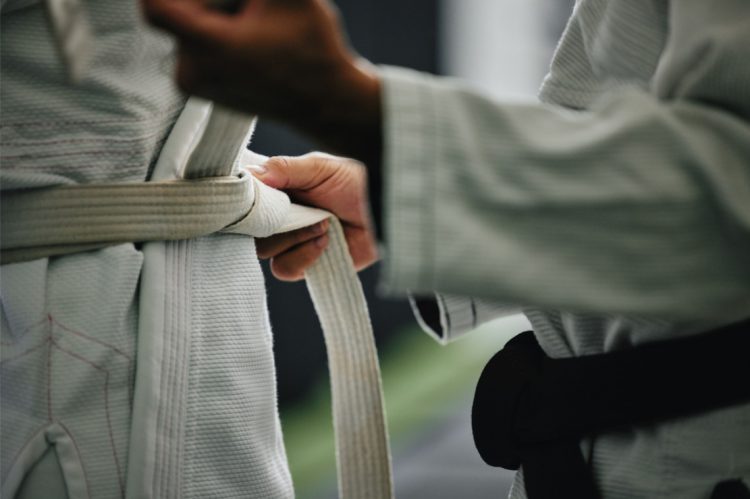May is Asian American and Pacific Islander Heritage Month, a time to recognize the outstanding achievements, historic contributions, and cultural influence of this community on the United States and beyond. So, in honor of AAPI Heritage Month, I’d like to dedicate this post to an AAPI leader who had a profound impact on my career and life.
One of the earliest influences on my leadership style was the films of actor Bruce Lee. Born in San Francisco in 1940 while his parents were there on tour with the Chinese Opera, Lee became an actor at a young age. He appeared in more than 20 Chinese films–the first one when he was just three months old! At age 13, Lee began studying martial arts with the legendary Yip Man. He also studied dancing and was the 1958 Crown Colony Cha Cha dancing champ of Hong Kong! (He would later credit his dancing background for the signature grace and poise of his martial arts style.)
After he turned 18, Lee moved to Seattle, Washington, where he would eventually enroll at the University of Washington to pursue a degree in philosophy. He also opened a martial arts school, the Jun Fan Gung Fu Institute (humbly launched inside a Seattle-area parking garage), then expanded by opening two more schools in Oakland and Los Angeles.
As the story goes, Lee was discovered in 1964 by celebrity hairstylist Jay Sebring, who saw him at the Long Beach Karate Championships and immediately phoned a client–producer/actor William Dozier–to tell him about this incredible martial artist he just saw named Bruce Lee. The rest, as they say, is history.
Lee’s life story is incredible. Did you know that despite how precisely he fought, he had bad eyesight? He wore glasses for most of his life and was one of the first people to ever try on newly invented contact lenses.
Credited with bringing martial arts mainstream, Lee was also an early pioneer of diversity, equity, and inclusion. Lee believed that martial arts shouldn’t be some secretive endeavor attempted by a few; martial arts should be available to everyone, no matter their race, age, or gender. In his movies “Enter the Dragon,” which eventually grossed more than $200 million, and “Fist of Fury,” he sought to shatter any prevailing stereotypes about Asian actors. Additionally, his 1972 movie “The Chinese Connection” helped shine a spotlight on Chinese music, cuisine, and language.
Beyond his blockbuster films, Bruce Lee has shared unique philosophies, many of which are written in Tao of Jeet Kune Do, a collection of thoughts from Lee’s personal notebooks that was published after his tragic death at the age of 32. He wrote: “I fear not the who has practiced 10,000 kicks once, but I fear the who has practiced one kick 10,000 times.”
Famously, Lee also said: “Be afraid of the calmest person in the room.”
Why? Lee believed the opponent to fear in a boardroom or on a playing field isn’t the one jumping up and down or yelling at the crowd. It’s the one who remains calm, knowing exactly what they are capable of and possessing the unrattled confidence they will achieve it.
So, what’s the message? This Bruce Lee quote perfectly encapsulates his life and legacy: “Absorb what is useful, discard what is not, add what is uniquely your own.”
This article is adapted from Blefari’s weekly, company-wide “Thoughts on Leadership” column from HomeServices of America.












